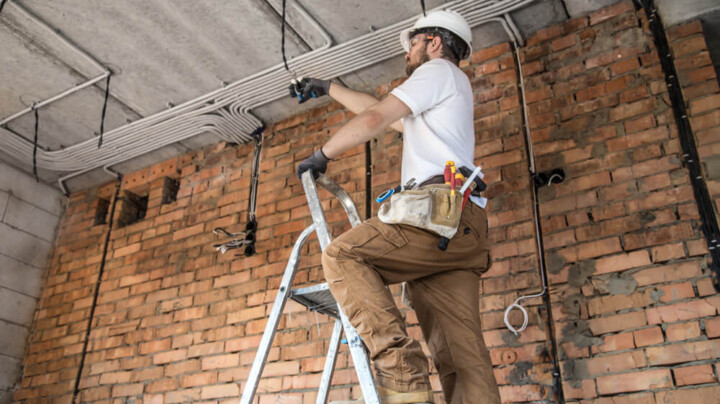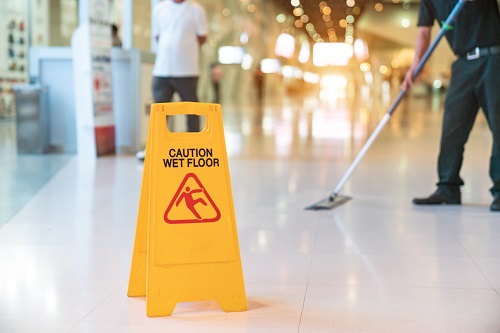


Slips, trips, and falls remain one of the most common causes of workplace injury across almost every industry. Despite advances in technology, awareness, and safety protocols, businesses in the UK are still grappling with preventable incidents that result in downtime, compensation claims, and even serious injury.
According to the Health and Safety Executive (HSE), slips, trips, and falls accounted for around 30% of non-fatal workplace injuries in 2023/24. That’s more than manual handling injuries, falls from height, or contact with machinery.
So, why are these incidents still so prevalent? And more importantly, what can you do to prevent them?
In this blog, we explore the causes behind slips, trips, and falls, their impact on your business, and how health and safety companies like SafeWorkforce can support you with expert advice, training, and health and safety documents to reduce the risk.
You might think that avoiding a slip or trip should be easy. But in a busy workplace, whether it’s a construction site, warehouse, office, or retail space, the reality is that small oversights can quickly become big hazards.
Common causes include:
These risks are often overlooked or accepted as “part of the job,” but when left unchecked, they can lead to serious injuries that cost your business time, money, and reputation.
While slips and trips might seem minor compared to other workplace hazards, the consequences can be significant.
Avoiding these outcomes isn’t just about ticking boxes, it’s about creating a culture where every employee feels safe and valued.
Under the Health and Safety at Work etc. Act 1974, employers have a duty to ensure the safety and wellbeing of their employees and anyone affected by their operations. This includes managing risks associated with slips, trips, and falls.
To remain compliant, businesses must:
Failure to meet these requirements can lead to enforcement action by the HSE, including fines, notices, or even criminal prosecution.
A proactive approach is essential when it comes to reducing these incidents. Here’s what your business can do to create safer working environments:
Don’t rely on annual checks alone. Walk around your premises regularly to identify slip or trip hazards. Think about:
A thorough risk assessment, documented and actioned, is your first line of defence.
Messy workplaces are more dangerous workplaces. Implement a clear housekeeping policy that includes:
Training staff to spot and report hazards is crucial. Everyone in your organisation should know:
Health and safety companies like SafeWorkforce offer toolbox talks and onsite training sessions to keep your team informed and engaged.
Temporary hazards, like wet floors or loose cables, should be clearly signposted. Consider installing:
Make sure employees wear suitable footwear for the environment they’re working in.
Policies, procedures, and training records are vital if an incident occurs or you’re inspected by the HSE. Ensure your health and safety documents are:
At SafeWorkforce, we can help you create tailored documentation that reflects your site, your risks, and your responsibilities.
When it comes to protecting your employees and staying compliant with regulations, SafeWorkforce is your dedicated health and safety partner.
We understand the everyday challenges businesses face: tight deadlines, changing environments, and competing priorities. That’s why we offer hands-on support that’s built around your needs, not off-the-shelf templates.
Here’s how we help you reduce the risk of slips, trips, and falls:
Slips, trips, and falls aren’t going away. But with the right processes, culture, and expert support, you can dramatically reduce their impact on your business.
Don’t wait for a claim, injury, or HSE inspection to realise you’re vulnerable. Take action today.